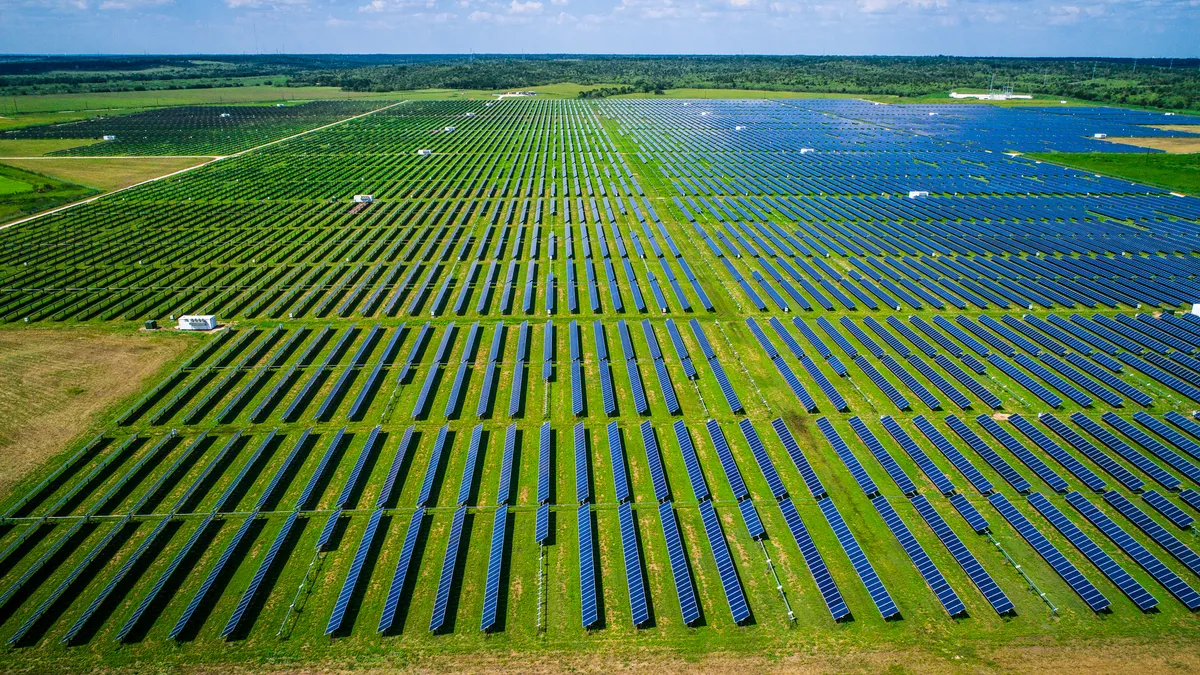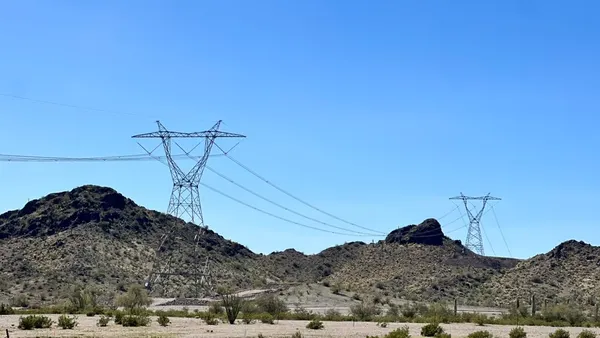Dive Brief:
-
The total capacity of energy projects in U.S. interconnection queues grew 40% year-over-year in 2022, with more than 1,350 GW of generation and 680 GW of storage waiting for approval to connect, according to a new report from the Lawrence Berkeley National Laboratory.
-
Queue wait times are increasing as the number of projects getting in line has grown. The typical project completed in 2022 spent five years in queue for interconnection approval compared to three years in 2015 and fewer than two years in 2008, the report said.
-
Queue lengths are expected to grow as the Inflation Reduction Act spurs even greater interest in renewable energy among developers. “Without greatly increasing the pace of transmission expansion, we’re not going to see the results the IRA promised,” said Julia Selker, executive director of the WATT Coalition.
Dive Insight:
If you asked U.S. interconnection queues, the future of energy generation is already here. But it could be some time before the results of those projects reach the grid.
The total capacity of all projects awaiting interconnection now exceeds the capacity of the entire U.S. power plant fleet, and, in most regions, the peak load that generation aims to serve, according to the Lawrence Berkeley National Laboratory, although the gains aren’t even across all regions. Two key regional transmission organizations — the California Independent System Operator and the PJM Interconnection — saw fewer projects apply for interconnection last year as a result of reform efforts that have hit pause on project intake.
More than 95% of that queued capacity is zero-carbon energy; solar and battery storage represent 80% of the new projects added to the queue in 2022.
At least some of the 2022 increase is likely a result of the Inflation Reduction Act, LBNL energy policy researcher Joe Rand said, but that’s not the whole story because the act passed halfway through the year. He anticipated that even more projects would enter the queue as time goes on and the act continues to spur demand for renewable energy.
But these projects are not exiting the queue at the same rate they’re entering it. Interconnection wait times averaged five years in 2022, up a year from the average of four years for projects built between 2018 and 2022. Completion rates also remain a concern — less than a quarter of the projects that entered the queue between 2000 and 2017 have been built as of the end of 2022, according to the Berkeley Lab data.
Interconnection queue lengths are now widely recognized among developers and other stakeholders as the No. 1 barrier to deploying renewable energy, Rand said. The good news, he said, is that interconnection queues are the focus of multiple regulatory actions, with two open dockets at FERC — one dedicated to transmission planning, and another for procedural reform. New grid-enhancing technologies could also help bring more projects onto the grid, Rand said.
The core problem driving interconnection delays, Selker said is the lack of transmission. But even with reforms, building transmission lines can take years. In the meantime, she said, deploying technologies such as power flow control devices and dynamic line readings could help make room to bring more projects online faster.
According to a case study by The Brattle Group for the WATT Coalition, which advocates for the use of grid-enhancing technologies, upgrading existing transmission lines with the latest technologies could effectively double the capacity of the grid in Kansas and Oklahoma by 2025.
However, Selker said the U.S. lacks sufficient incentives for grid-enhancing technologies, which makes transmission owners unlikely to adopt them.
Even with new incentives and reforms, the U.S. won’t be able to quickly clear out its interconnection queues, Rand said. And the first sign of progress may look like a step backward — the number of projects requesting interconnection is likely to decrease as reforms take effect and developers no longer believe they must apply for multiple prospective projects to increase their odds of success, he said.















